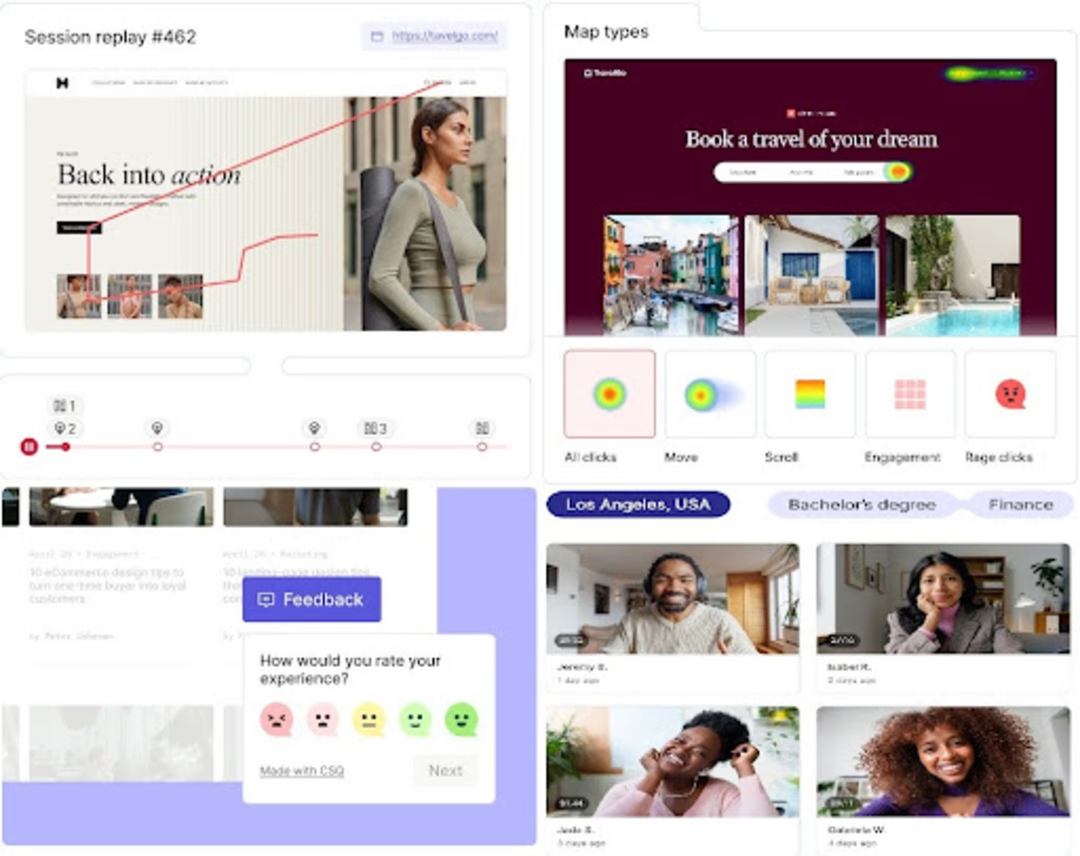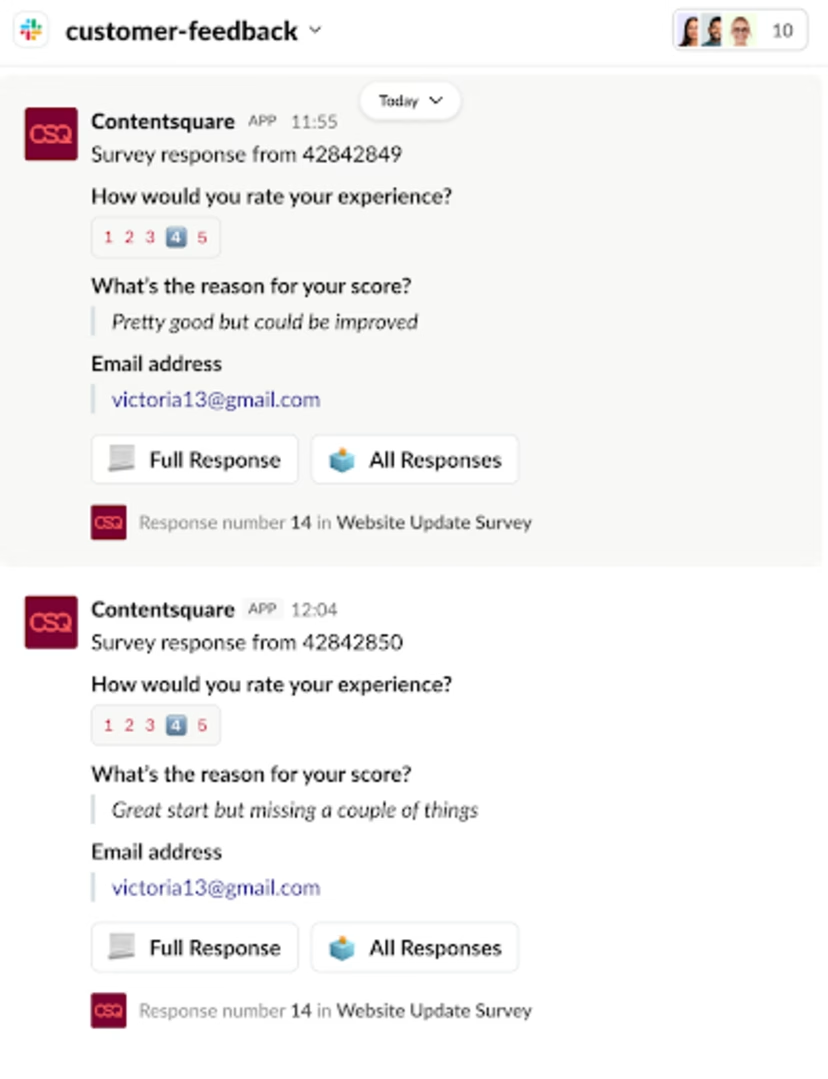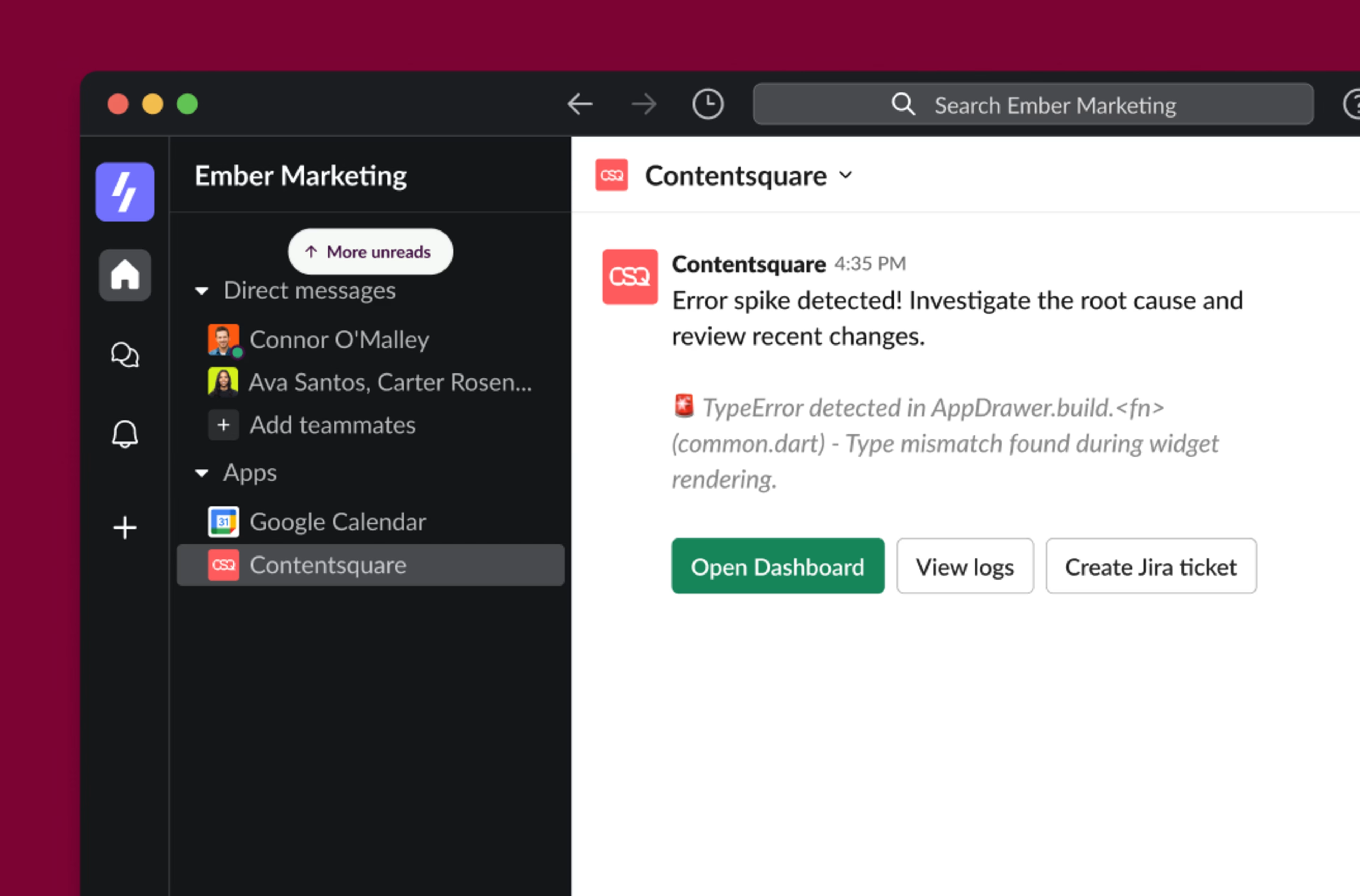“This or that? Or this, then that? But we might need to do that before this because my boss is more interested in that one.”
As a product manager, there’s no such thing as a shortage of initiatives and product ideas. You’re always making decisions and trade-offs, because while ideas are unlimited, your time and resources are not.
Constraints lead to creativity, though—and having a defined process for product prioritization helps you and your team make the best decision every time.
In this guide, we break down what product prioritization is and how it helps you and your team make better decisions, faster.
What is product prioritization?
Product prioritization is a strategy used to decide what products, features, or initiatives product management or engineering teams should work on first. Each decision compares customer needs, business goals, and team constraints to determine what work to prioritize.
Your team can’t do everything at the same time, so some updates have to take precedence over others. Deciding what to work on is challenging, but applying a consistent product prioritization process eliminates the guesswork.
For example, having a product prioritization framework helps when
An urgent customer issue appears
Business goals change
A new sprint begins
You’re developing a product roadmap
You complete product research
Typically, the product manager makes the call on prioritization, but the decision is made only after stakeholders and team members have contributed their ideas and opinions.
💡Pro tip: set up a system to continuously collect user and digital experience insights. Keeping the user’s experience and perspective top of mind makes it easier to consider their needs during prioritization. After all, you can’t fix what you don’t understand.

Contentsquare’s tool stack is designed to gather speedy user feedback without disrupting the UX
How product prioritization helps your team
If you’ve made product workflow decisions up until now without a framework, it might feel easiest to keep doing what you’re doing. But some simple tweaks in the way you prioritize your product initiatives can have a significant impact.
Here are some of the ways product prioritization helps your team.
1. Gather all the necessary input, every time
A product prioritization system or checklist ensures you consider key product variables every time. That way, you don’t forget an important consideration, ignore the cost of delay analysis, or overweight a personal bias.
2. Make repeatable decisions
Weighing your options gives you more perspective than a gut feeling. It also makes it easier to look back on the reasons for your decisions. If you use the same, repeatable process to prioritize features, you can systematically change your approach if it doesn’t work.
It is often said that great product teams are able to strike the right balance between building the right thing, building it right, and building it fast. Prioritization frameworks are a reliable way to do that over and over again, at scale.
🔥 Pro tip: use Contentsquare’s feature prioritization survey template to surface what matters most to users—then rank ideas by impact and move forward with confidence.
![[Visual] Feature prioritization survey](http://images.ctfassets.net/gwbpo1m641r7/zKdqi9ZuzMXQDseamqkpE/e302d0f9f56a311ee0d53cb317ecacc9/Feature_Prioritization_Survey.png?w=1920&q=100&fit=fill&fm=avif)
An example of a Contentsquare feature prioritization template
3. Communicate your perspective to get buy-in
Product prioritization helps when you’re trying to get buy-in for a product iteration and need to explain your decisions. Explaining the process, what you considered, and why your decision is the right one (at the right time) puts you and stakeholders on the same page. The better you can present your ideas, the more likely you are to earn support.
Product prioritization in action
Adam Cheal, CRO Specialist at easyJet holidays, leverages Contentsquare to inform and prioritize product decisions.
By analyzing user behavior and feedback, Adam's team identified issues with the mobile shortlist feature. Utilizing Contentsquare’s Experience Analytics tools like Journey Analysis, they discovered that users found the feature difficult to locate and navigate. This insight led to prioritizing enhancements to the shortlist functionality, resulting in an impressive 82.5% increase in conversions and a 7.3% boost in revenue.
"Contentsquare provides us with real evidence-based data at a very granular level, which has proven really powerful," says Adam. "It means a whole new way of working—better analytics, more informed decisions, and ultimately a more successful business."
![[Image] easyJet Holidays journey analysis](http://images.ctfassets.net/gwbpo1m641r7/6zRnKJw7JA5L5r17nGxjQd/5c7ce77ac75480f171e8bbf474c951f0/Customer_Journey_Analysis_Easyjet_Holidays_Shortlist_.png?w=1080&q=100&fit=fill&fm=avif)
EasyJet holidays used Contentsquare’s Journey Analysis capability to find out where app users are getting stuck
4. Focus your time on worthwhile products
Data-informed decisions are more likely to align with your product strategy and actual business and customer needs. By aligning your work with objective goals, you can develop products with the highest chance of implementation and adoption. Nobody wants to sink weeks or months into a product that isn’t right, right now.
5. Reduce decision paralysis
Sometimes, there isn’t a clear 'right' answer. Following a strategy to make decisions removes the weight from your shoulders and places it on the process. Product prioritization frees up your mental space and speeds up planning.
Potential product prioritization challenges
As helpful as product prioritization is, it can complicate your workflow if not done correctly.
Here are some common pitfalls that could hinder you.
Too many people getting involved
A variety of inputs and variables gives you a holistic view of your scenario. But too many voices lead to overwhelm and confusion. There’s no blanket number of stakeholders that works for everyone, so you might have some trial and error. If the product prioritization starts to take longer and longer and the decisions are less impactful, you might need to scale back on stakeholders.
💡 Something to consider: is it time to reorganize? Your product management team structure needs to have defined roles and responsibilities that align with customers, products, goals, and resources. The wrong organizational structure could prevent product prioritization.
Some common team structures include
One product manager per product or feature
Product management teams focused on one customer segment
Small, autonomous teams that release features without heavy stakeholder involvement
2. Following the framework too closely
No matter how hard we try to make it work, reality doesn’t always fit into a nice little box. The same applies to prioritization frameworks: prepare your team to be flexible and think outside the box. Don't get hung up on precision for precision's sake—relative priority is more applicable than an absolute priority.
We recommend customizing a template to fit your needs to strike the right balance: Any team that’s just getting started with prioritization frameworks would do well to use an existing one as a base, tailor it and make it their own, and learn how to become comfortable with the limitations that they generally imply, like not having precise prioritization scores.
Essential skills that complement product prioritization
If you’re a product manager, perfecting the art and science of product prioritization will make your work a little easier.
When you strike a balance between customer and business needs and your team’s availability, you can work more efficiently. Product prioritization is seen as an essential skill because product teams that prioritize effectively benefit from having a high degree of confidence in knowing that the work they’re doing is impactful and truly matters.
But there are a few complementary product management skills you’ll need to hone, too:
1. Organizational awareness adds context to your decisions
Organizational awareness is the practice of understanding inter-team and cross-departmental dynamics, hierarchies, and communication. Having a finger on the company's pulse gives context to your decisions.
When you can 'read the room' and understand the business climate, goals, and KPIs of the company as a whole, you can make smarter choices to avoid wasted work. After all, nobody wants to commit weeks or months to a product only to see it miss the mark upon launch.
Awareness of decision-makers also gives you insight into who you need to talk to (and what you need to say) to communicate your product vision in a way that resonates.
2. Stakeholder engagement
Stakeholder engagement is the process of sharing essential updates and information with decision-makers in and outside of your team. Giving everyone a common language simplifies communication, and product backlog management gives you a central place to manage ideas.
Some ways to boost stakeholder engagement include
Sending a weekly round-up email with standout recordings from Contentsquare Session Replay to senior stakeholders
Building a case for a new feature by highlighting supporting user feedback from Contentsquare Surveys
Creating a shared Slack channel where your whole team can monitor survey responses

💡Pro tip: use the Contentsquare-Slack integration to get alerts from Contentsquare’s Error Analysis tool about bugs that prevent users from converting directly in Slack.
Some bugs need attention ASAP, and our automation brings them to the surface so you never miss an update.
Here's what the integration looks like in action:

Contentsquare fuels data-informed decisions
You can't make impactful data-informed decisions without the right data to inform them.
Contentsquare can help you work smarter with digital experience insights and user feedback tools. These tools help you assess the digital experience to identify opportunities and communicate priorities to stakeholders.
Incorporating quantitative and qualitative data from Heatmaps, Session Replay, Surveys, and Journey Analysis into your decision-making frameworks reduces guesswork and decision paralysis, so you can prioritize brilliantly.
Learn more about how Contentsquare helps product managers here.
![Visual - [Product strategy] Positioning](http://images.ctfassets.net/gwbpo1m641r7/2BbBAUbvJ6zzQajHhZFPZZ/e35940a946a2d21abf37b49d585a6be6/pexels-moe-magners-7495200.jpg?w=3840&q=100&fit=fill&fm=avif)

